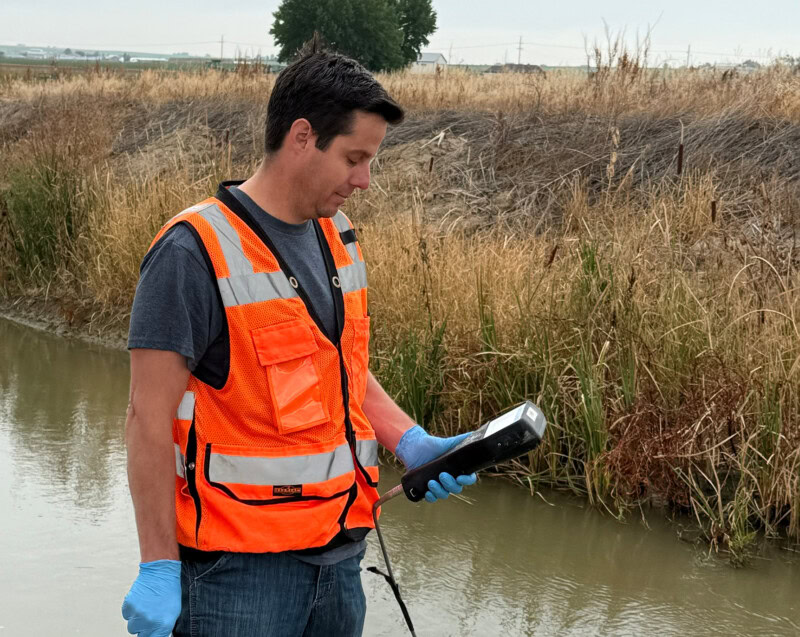From the National Center for Toxicological Research to the U.S. Environmental Protection Agency (EPA), John Lipscomb, PhD, DABT, ATS, Senior Toxicologist, has contributed a wealth of knowledge to the nation’s toxicological field during his nearly 40-year career. Now, he’s lending his scientific expertise to the National Academies of Sciences, Engineering, and Medicine as an ad hoc committee member. Over the course of 15 months, he and other industry leaders will review the Department of Defense’s approach to developing an occupational exposure level (OEL) for trichloroethylene (TCE). We recently spoke with Dr. Lipscomb about his role. Learn more below:
For those who are unfamiliar, what is TCE?
TCE is an organic halogen compound, often used as a solvent to clean and degrease metals, primarily in industrial and heavy commercial settings. It can enter soil and groundwater, resulting in potential human exposures. TCE vaporizes easily and, if volatized, can also move into buildings or other internal environments.
In general, how are OELs for organic solvents like TCE set?
The Occupational Safety and Health Administration (OSHA) is the only U.S. agency that sets regulatory, enforceable occupational standards, known as permissible exposure levels (PELs). However, OSHA notes many PELs are “outdated and inadequate for ensuring protection of worker health” because they were issued shortly after the passage of the Occupational Safety and Health Act in 1970. In certain cases, OSHA recommends entities “supplement the existing PELs” with alternative OELs. OEL values can be based on guidance values from established and credentialed organizations, such as American Conference of Governmental Industrial Hygienists (ACGIH), and can be set for certain chemicals, operations, or facilities.
What is the committee expected to consider?
We will help evaluate whether the U.S. Army followed scientific and technical guidelines when developing an OEL for TCE, including in workplace settings where vapor intrusion is a potential pathway of exposure.
What expertise do you bring to this committee?
I have a deep understanding of pharmacokinetics, toxicology, and dose response as well as significant experience in risk assessment at the federal level. This includes analyzing what effects chemicals may cause in humans and at what concentrations and durations they may become evident. In addition, I co-authored the EPA’s chemical risk assessment for TCE, which various organizations use to develop standards.
For more information about the NASEM project, click here.




